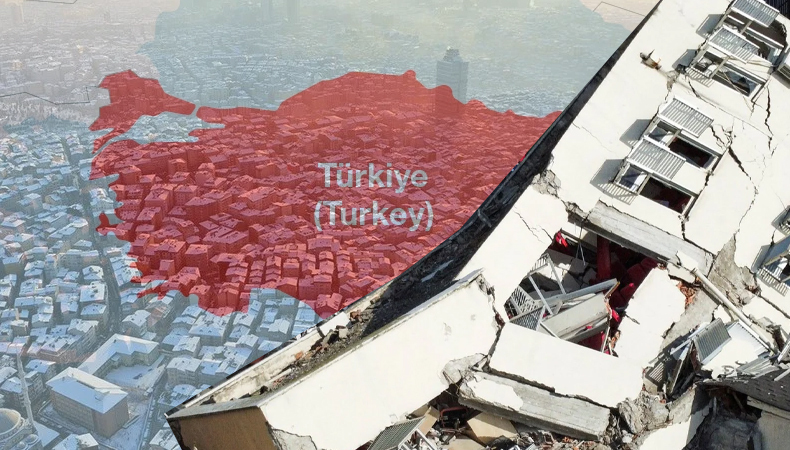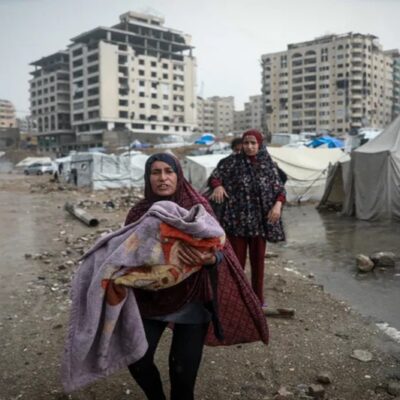Turkey’s catastrophic earthquake raises concerns for Istanbul

The 7.8-magnitude earthquake that struck Turkiye’s southeast and killed tens of thousands has rekindled concerns that Istanbul could experience a similarly catastrophic earthquake.
By 2030, a significant earthquake that might kill up to 20 million people is predicted to strike Turkiye’s largest metropolis, which is officially home to 16 million people. The heavily populated city is located on the northernmost edge of one of Turkiye’s major fault lines.
In 1999, a 7.6-magnitude earthquake with an epicentre on the eastern fringes of the city killed almost 17,000 people. Istanbul’s population has nearly doubled since that time.
Murat Guney, an independent urban scholar, claimed that if the government has the political will to relocate people from the subpar structures that dominate the city’s shanty settlements, slaughter can be avoided.
Read | Saudi FM meets with Palestinian PM and participates in panel discussion at Munich Security Conference in Germany
Guney claimed that Istanbul had a plentiful supply of unoccupied homes that were freshly built and sturdy enough to resist significant shocks.
Istanbul is expected to experience a major earthquake with a magnitude of up to 7.5. Between 50,000 and 200,000 structures are predicted to entirely collapse or sustain major damage, according to Guney. He continued, “Such an earthquake may kill hundreds of thousands of citizens.”
“Such high-risk structures, which are primarily squat-style and not earthquake-resistant, required quick alteration before they collapsed even after a moderate earthquake,
More than 38,000 people in southeast Turkey and about 3,700 in neighbouring Syria perished in the earthquake on February 6.
More than 55,000 buildings, according to officials, were either demolished or irreparably damaged. Its effects were felt throughout a region of Turkiye that had a population similar to Istanbul.
Guney estimated that Istanbul had 1,166,000 residential structures. Of these, 817,000 buildings (or 70%) were constructed prior to the 1999 earthquake, when there were no construction inspections for earthquake resilience, he claimed.
There was some good news, though: according to Guney, 150,000 earthquake-resistant homes in Istanbul were remained unoccupied and had been built after 2008.
They are either the second or third homes of the wealthy, who don’t bother to rent those apartments, or they belong to building businesses that are waiting for clients, according to Guney. Any more construction in Istanbul is unnecessary, he claimed.
“There are enough vacant buildings for those who reside in high-risk structures to move in,” the government has never made such a political choice.
In reaction to the 1999 earthquake, the government implemented a special levy that became known as the “earthquake tax.”




